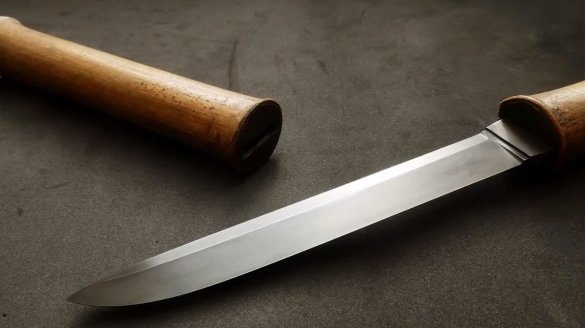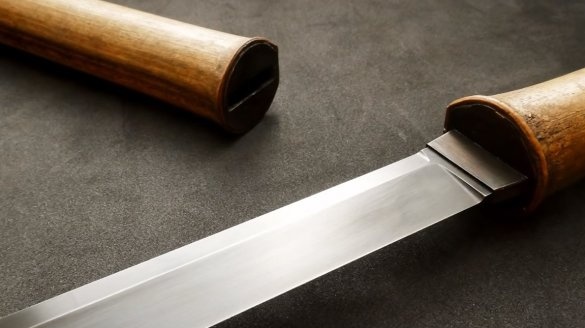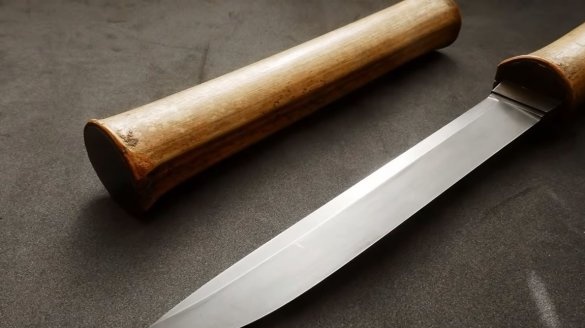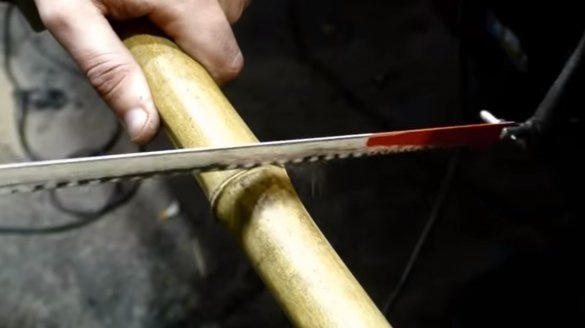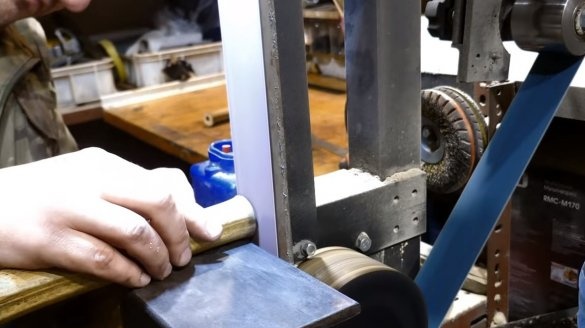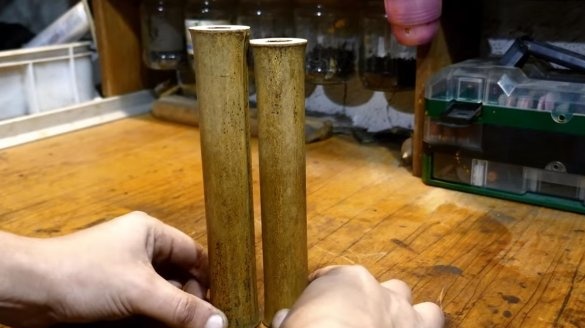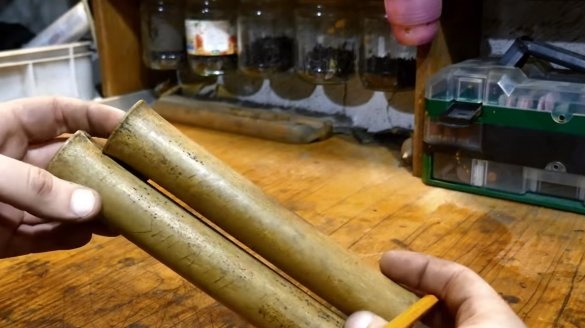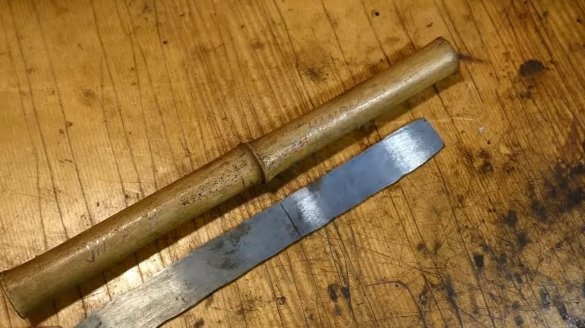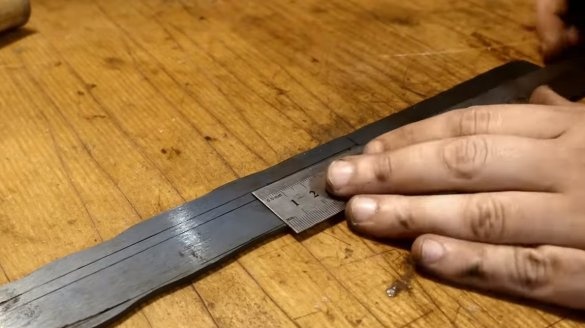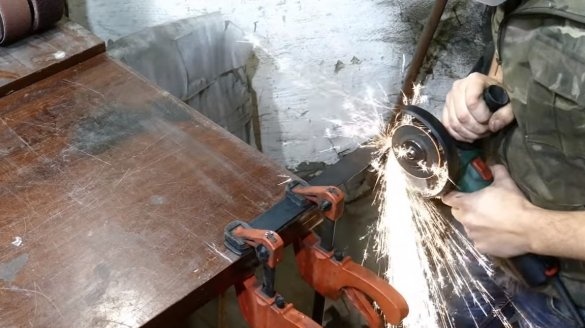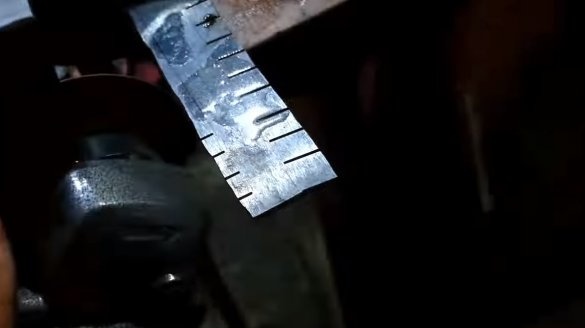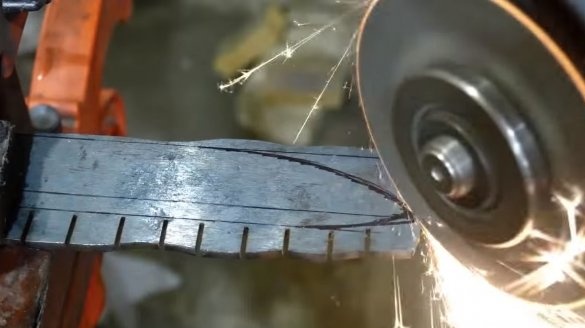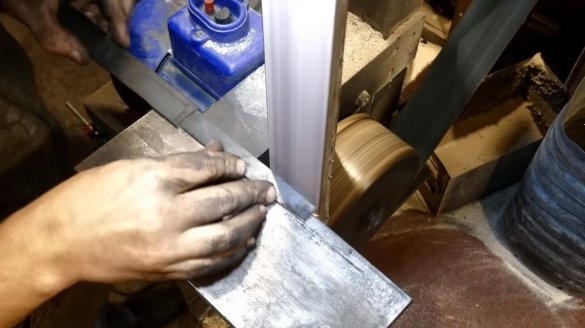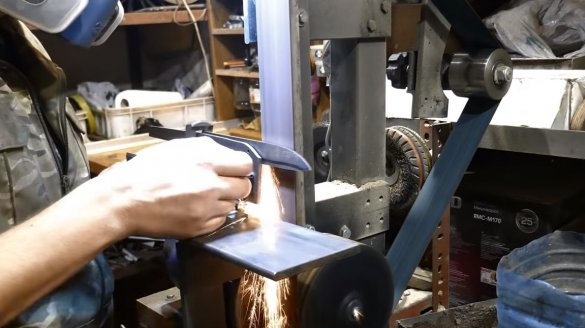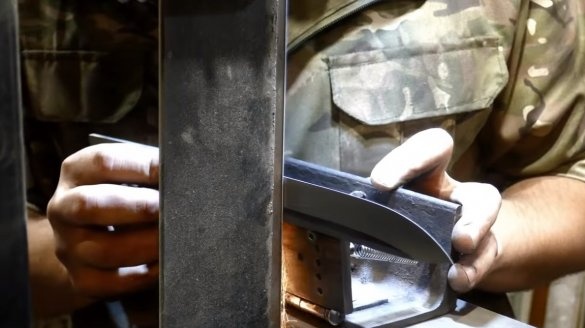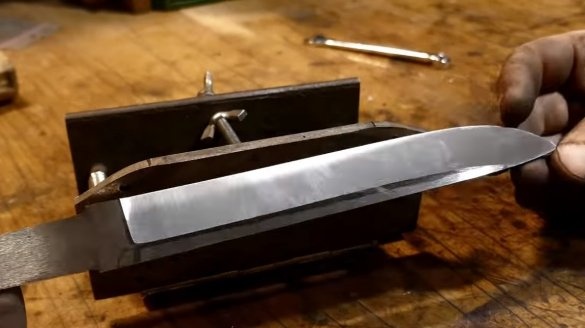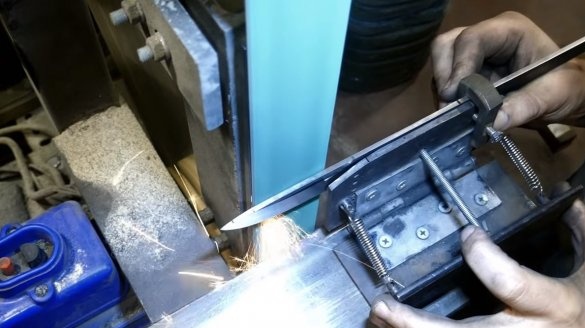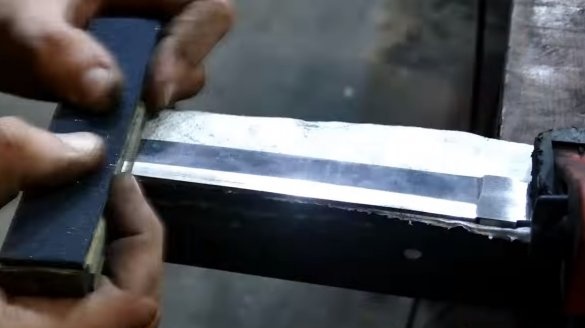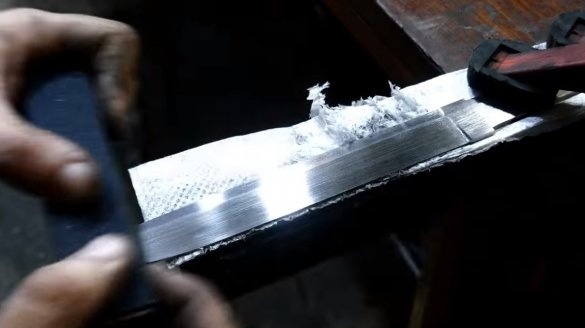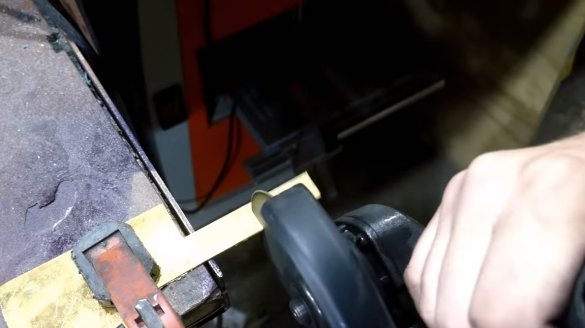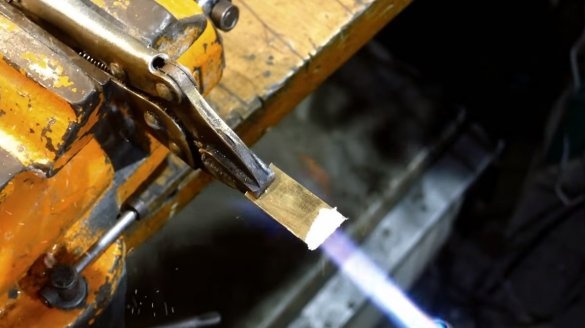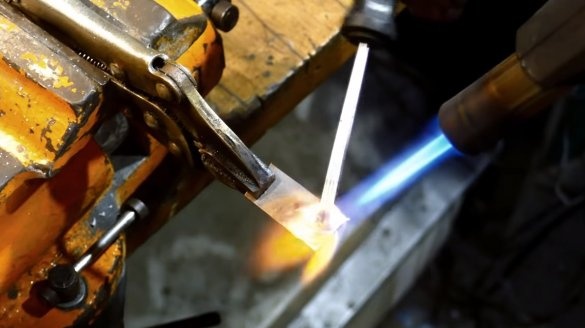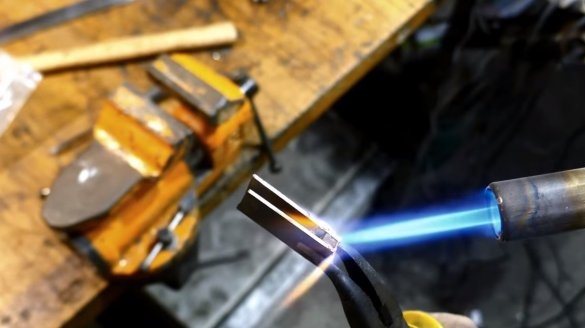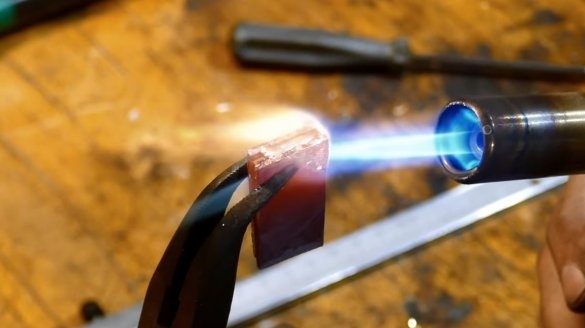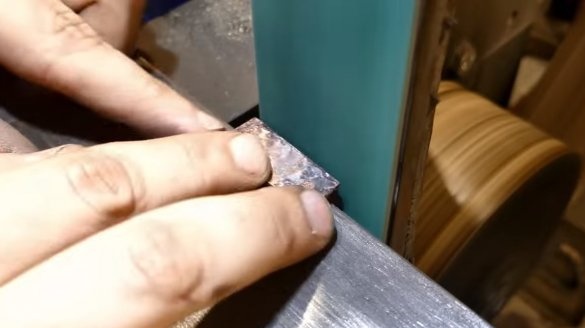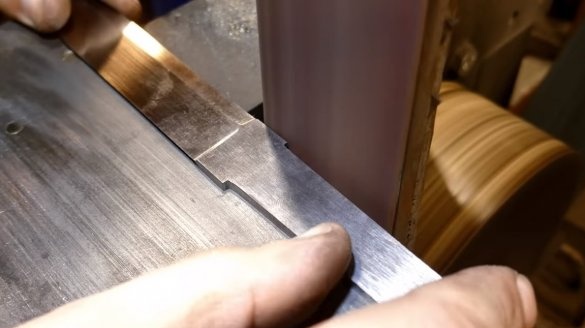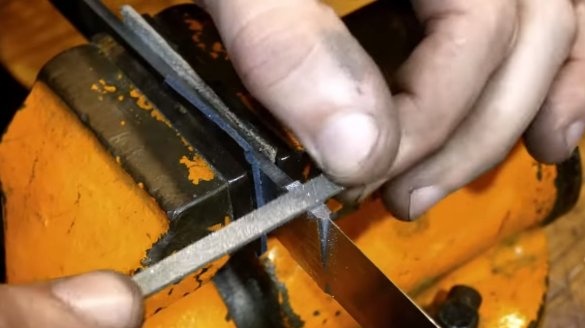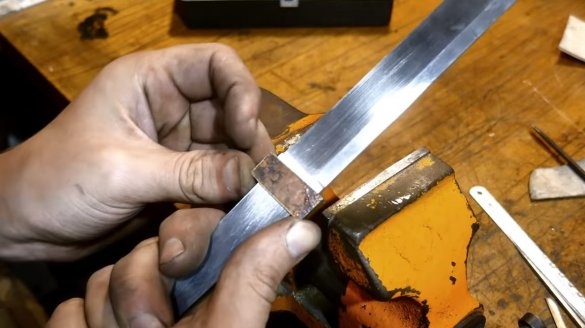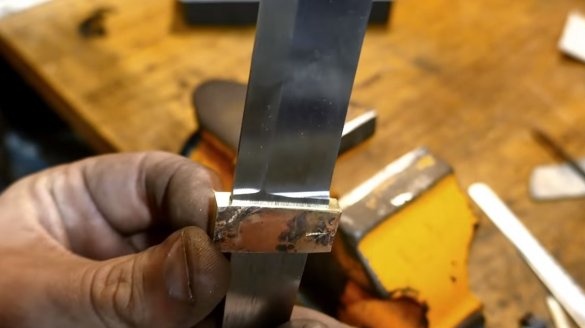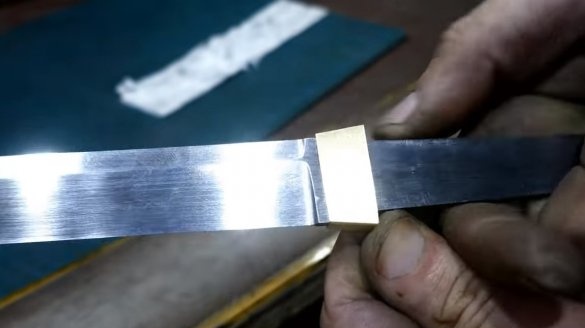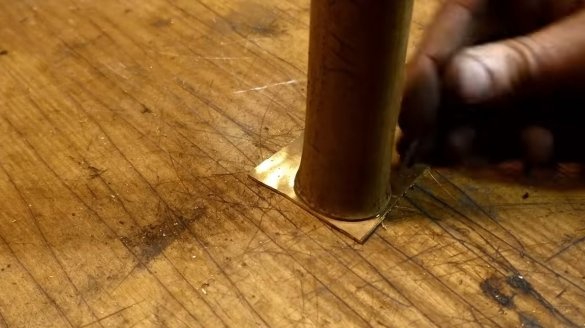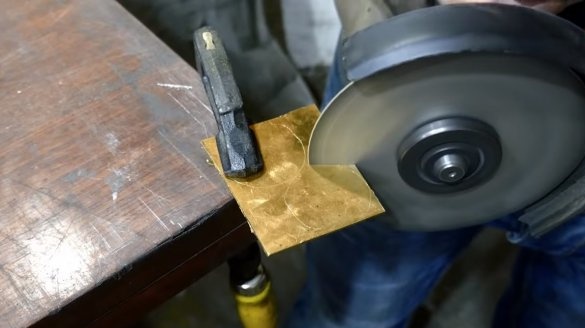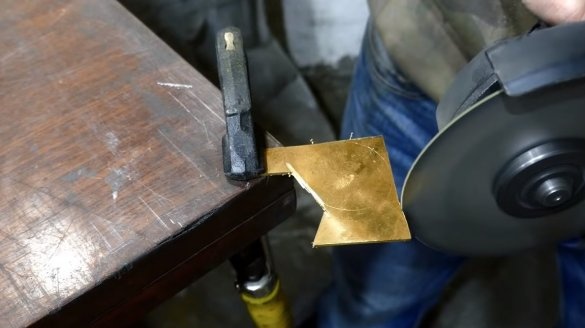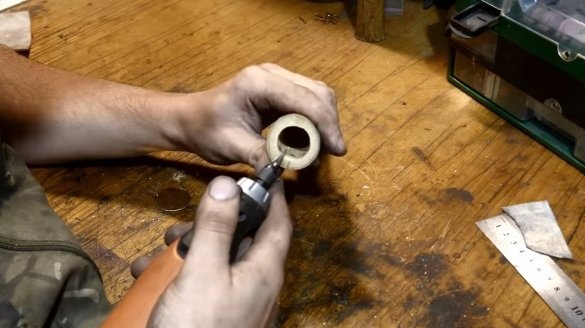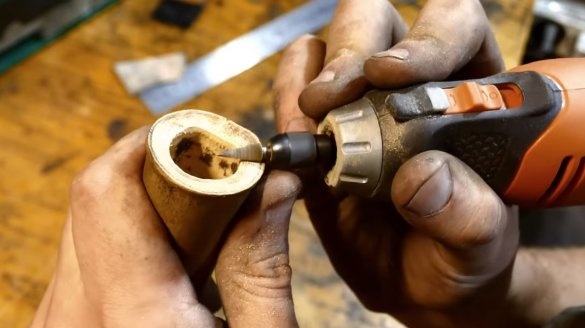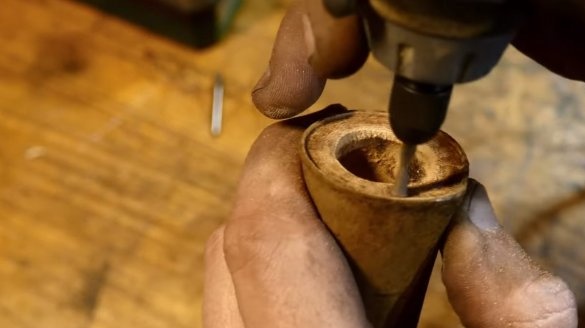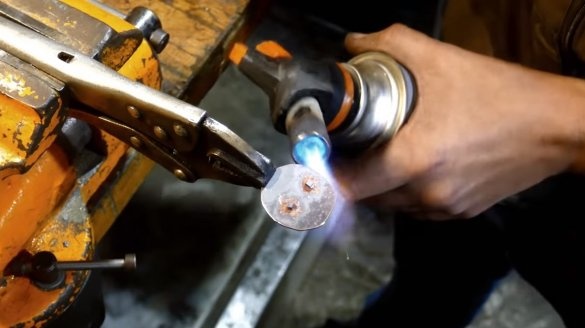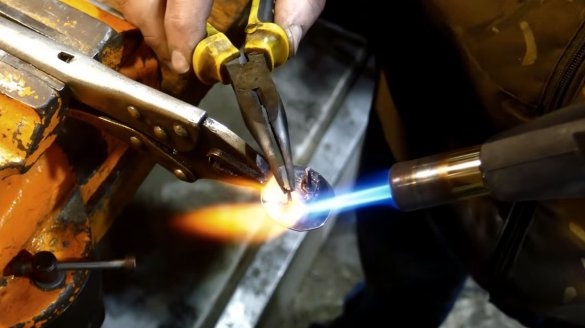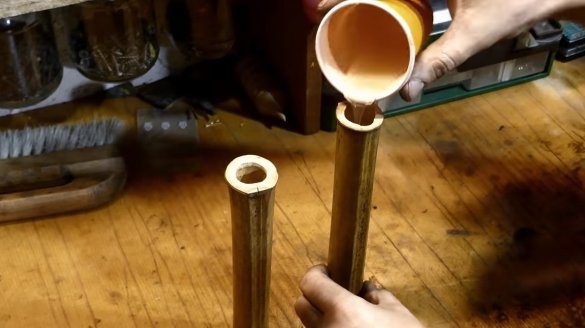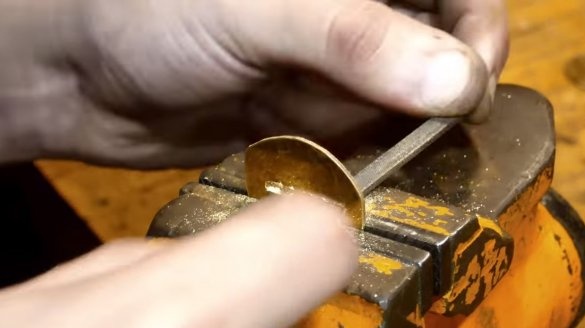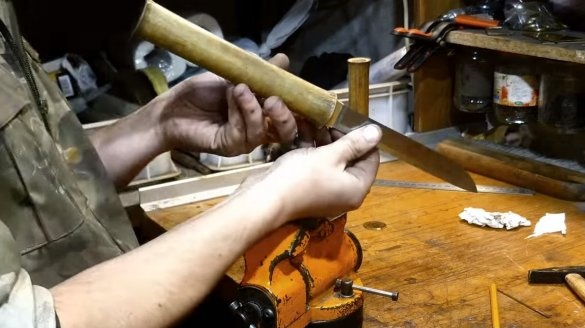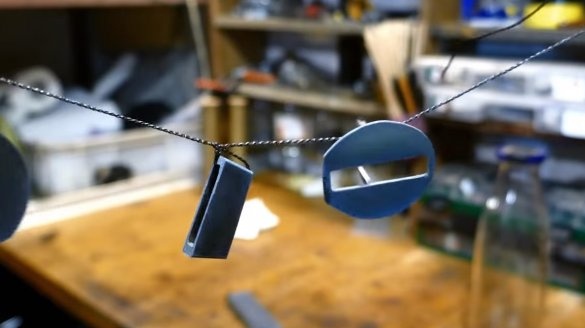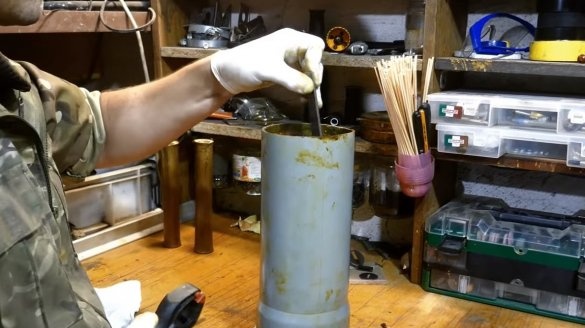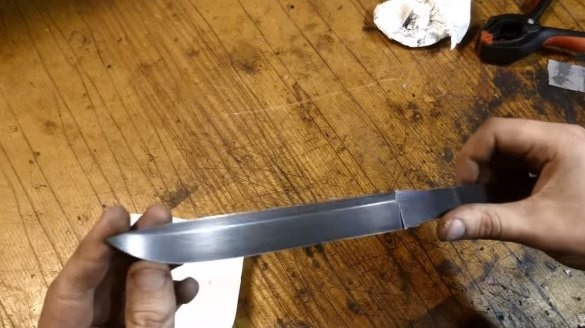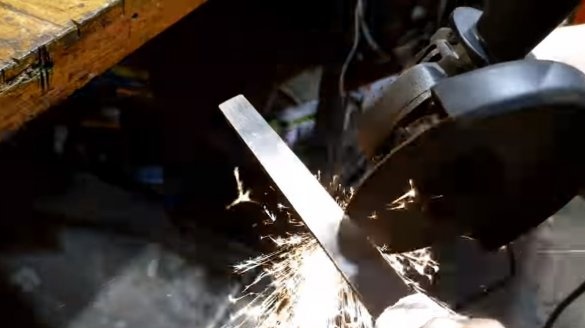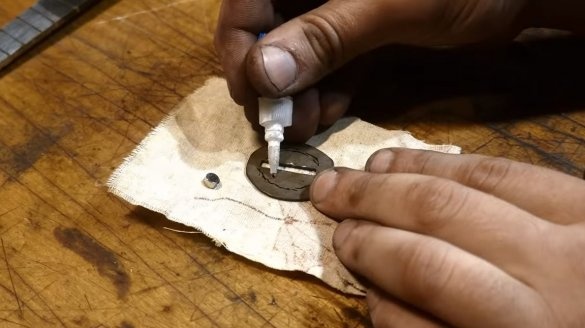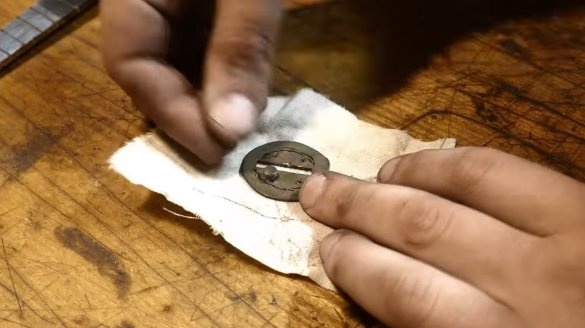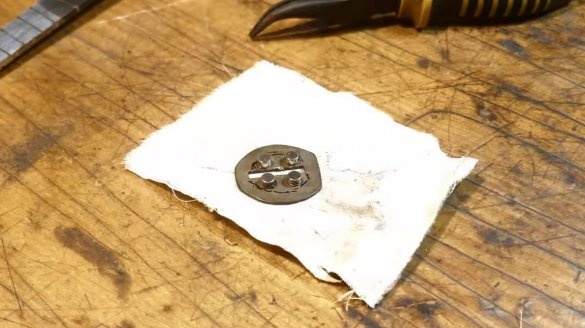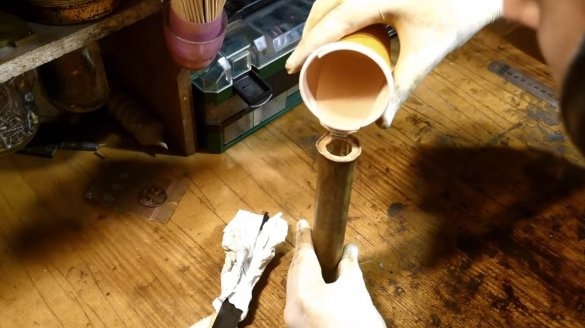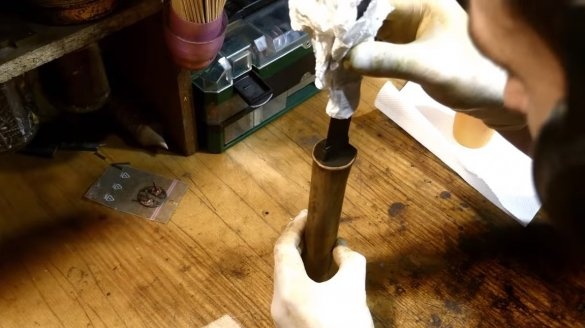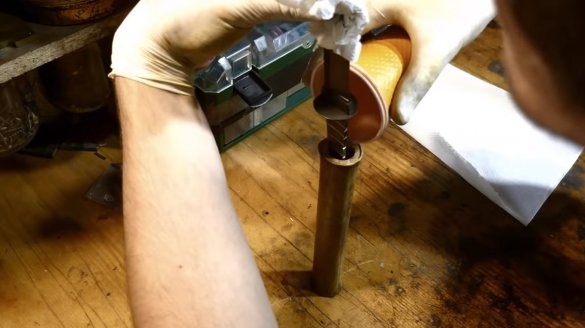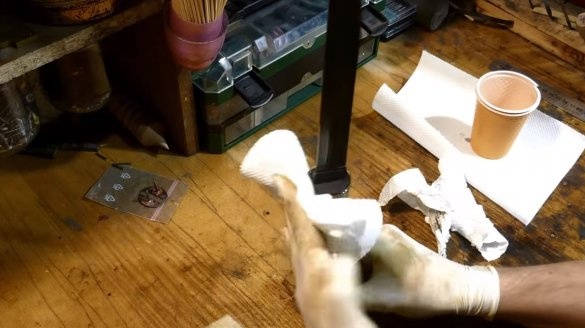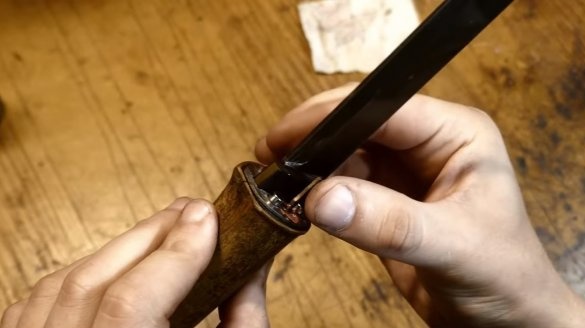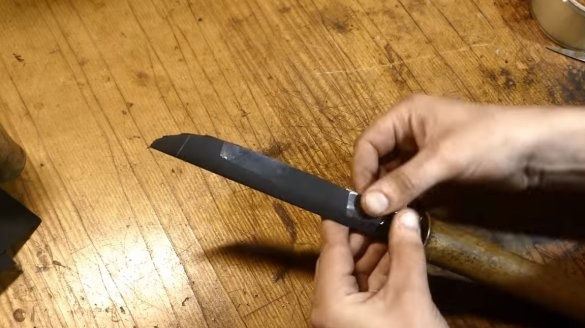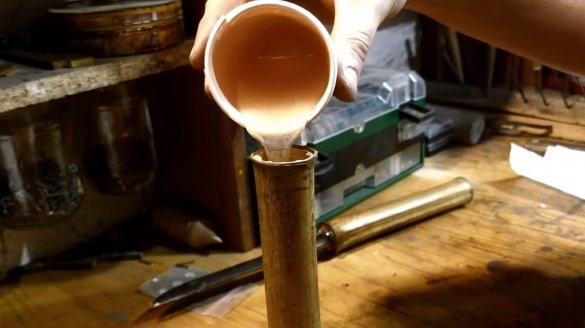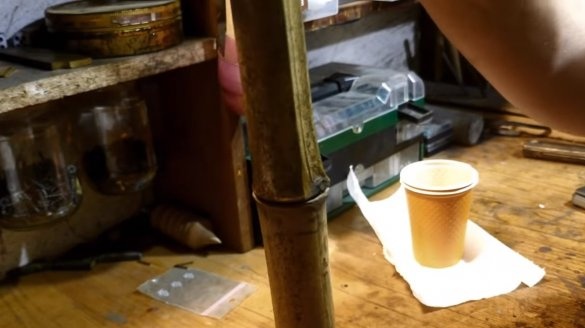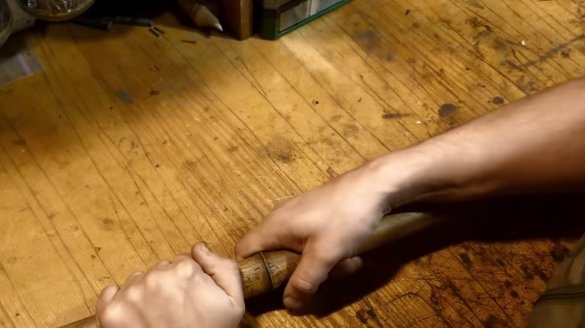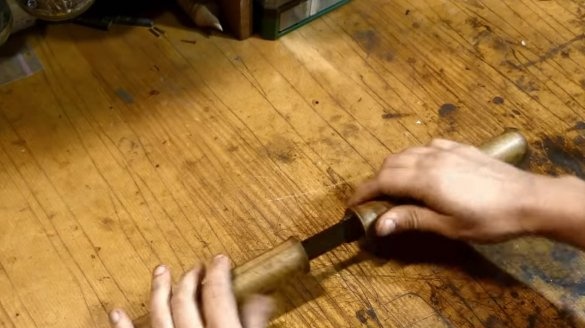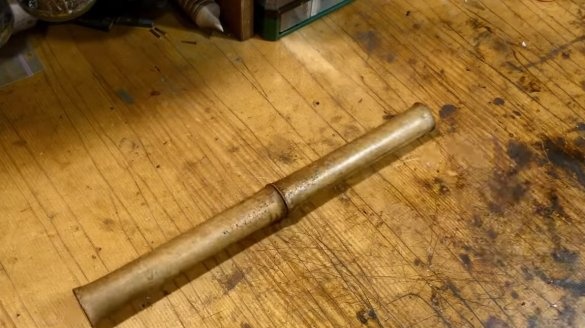Hello to all lovers, today we will look at how to make an interesting knife from high-quality steel and bamboo. The author used steel already hardened, so you do not need either a furnace or an anvil. The handle of the knife and scabbard are made of bamboo, which is coated with epoxy resin from the inside, so that the structure is quite strong. When folded, it’s hard to guess that it’s a knife, homemade just like a bamboo stick. The sheath is connected to the handle of the knife with the help of small but powerful neodymium magnets. If the project interests you, I propose to familiarize yourself with it in more detail!
Materials and tools used by the author:
Material List:
- plate of quality hardened steel;
- a bamboo stick of suitable diameter;
- epoxy adhesive;
- sheet brass;
- small neodymium magnets.
Tool List:
- grinder;
- drill;
- file;
- vise;
- gas burner, flux, solder;
- ruler, marker;
- belt sander.
The process of making a knife:
Step one. Bamboo preparation
Cut a piece of the desired length from the stick, we will cut the resulting part into two more halves. The author performs cutting with a hacksaw for metal, it is necessary to cut “along the joint”. As a result, one half will serve as a hilt, and the other a sheath.
Step Two Blade making
The author made a blade from already hardened steel, we draw a profile of the blade on metal and cut it out with a grinder. Steel can not be overheated both during the cutting process and during grinding, otherwise it will become soft. To prevent overheating, the author uses water, steel should always be wet. The author cuts the metal in pieces, without pressing the grinder, as a result, the metal does not overheat.
Next, the blade will be polished on a belt grinder and the formation of descents. It is important to understand that when grinding steel will also heat up, so from time to time we immerse the blade in cold water. At the final stage, the author polished the blade to a gloss by hand with sandpaper.
Step Three Garda
The author collected the gardu from brass plates, it was made by soldering. The design turned out pretty strong, but everything is done quickly. As a result, it remains to adjust the blade to the guard and finally form the shape of the future guard.
Step Four Stubs
We make plugs from sheet brass for the ends of bamboo. In order for the plugs to fasten tightly, you can solder pieces of nails or cogs to them, which will then be filled in with resin.
We also make stopping plugs for other ends, they will need to pierce slotted holes for the blade and the tail of the knife.
Step Five Assembly
We install plugs and coat them with plasticine so that the epoxy does not leak. We place the bamboo tubes vertically and pour a little epoxy into each so that the plugs stick together, and there is no risk that a large volume of resin will leak out.
The author etched all the metal parts in the reagent to obtain a beautiful dark patina. We install neodymium magnets that will tighten both halves, they can be fixed with superglue for now, then they will still be filled into epoxy.
We stir the resin and paste the tail of the knife into the handle, and so that the resin holds firmly, the author made notches on the metal grinder. Now we wait until the resin sets.
Then you can put the scabbard, wrap the blade with tape, grease it with oil, and then wrap it with paper on top. If all this is not done, the blade will stick to the epoxy. We also oil all those parts that do not need to be glued. Pour the resin into the sheath and immerse the blade. Leave it to dry. After the resin hardens, you can try to pull the blade out of its sheath, the author succeeded. After removing the tape, the knife enters the sheath easily and is well fixed with magnets.
The homemade product looks gorgeous, I hope you liked the project, and you found useful thoughts for yourself. Good luck and creative inspiration, if you decide to repeat this, do not forget to share your ideas and homemade things with us!

